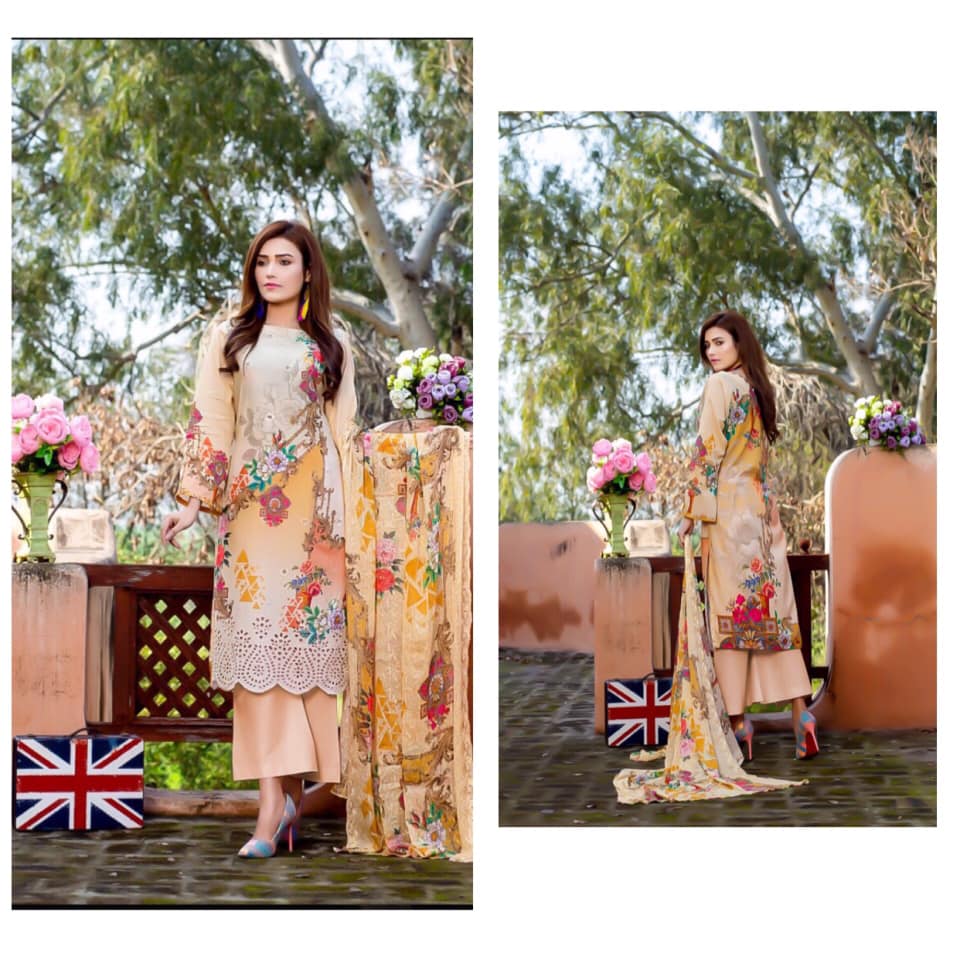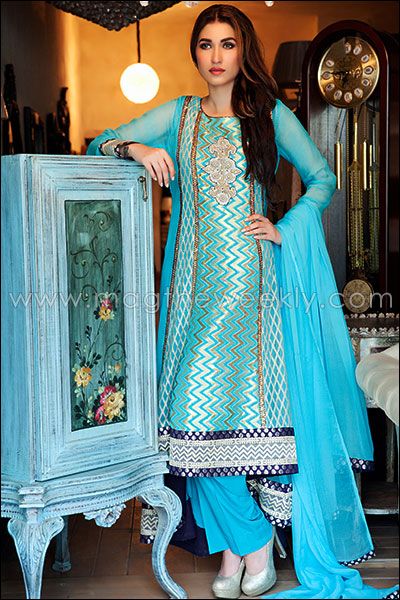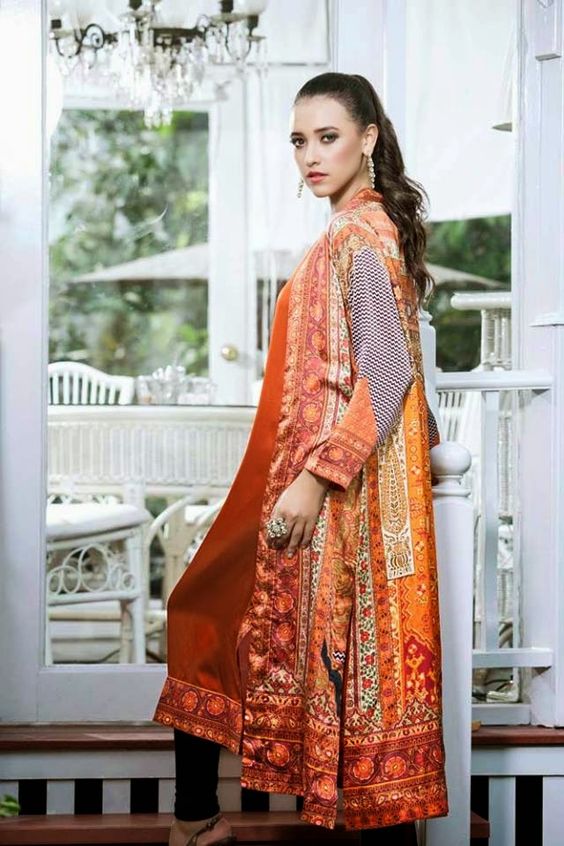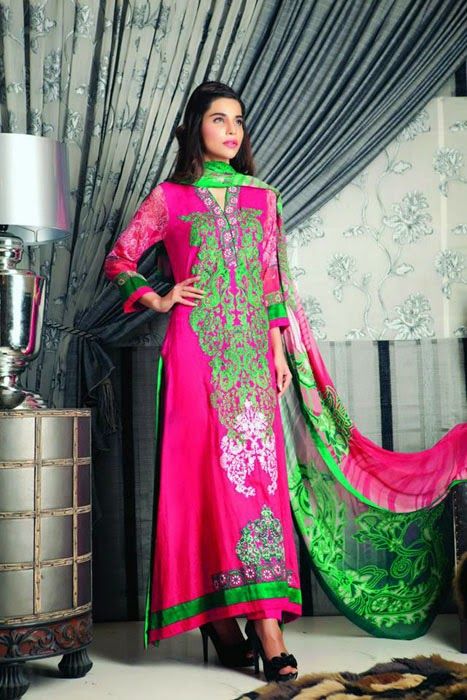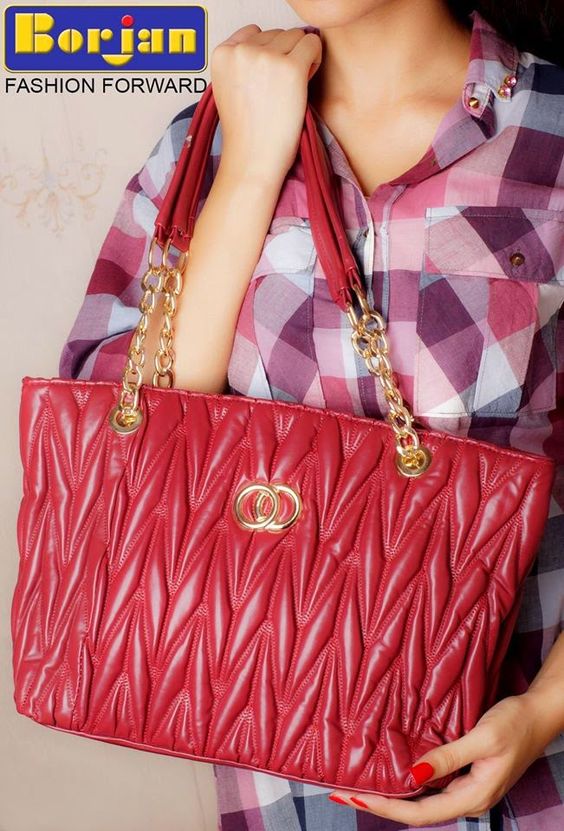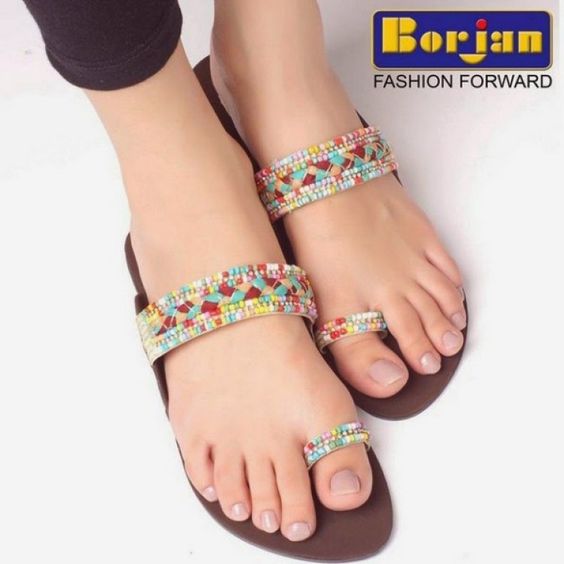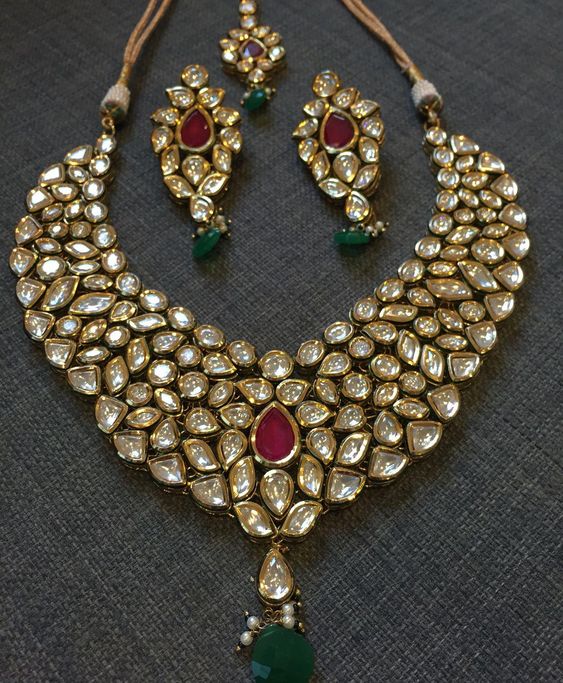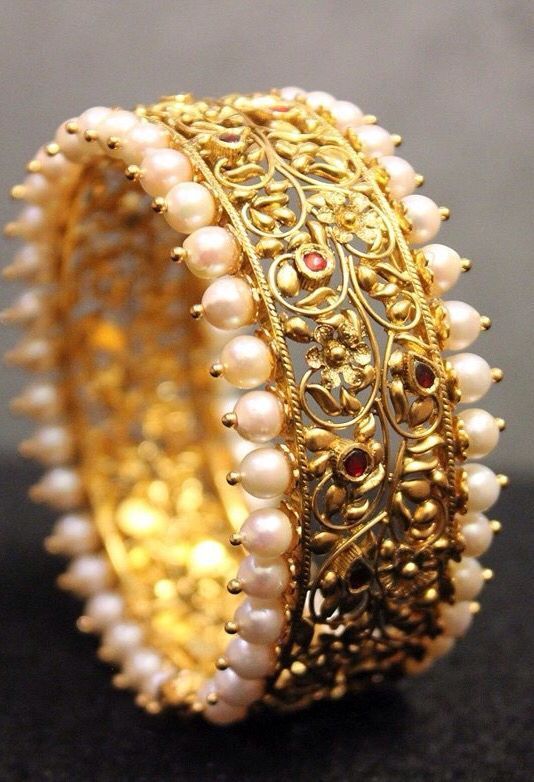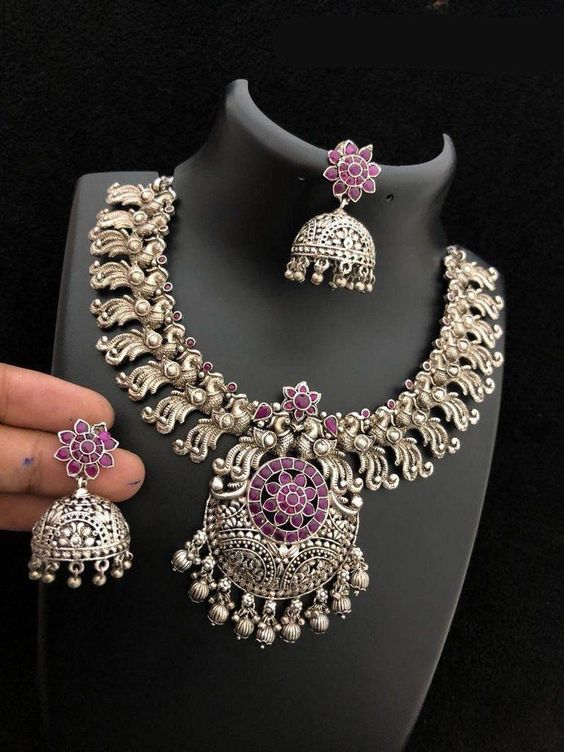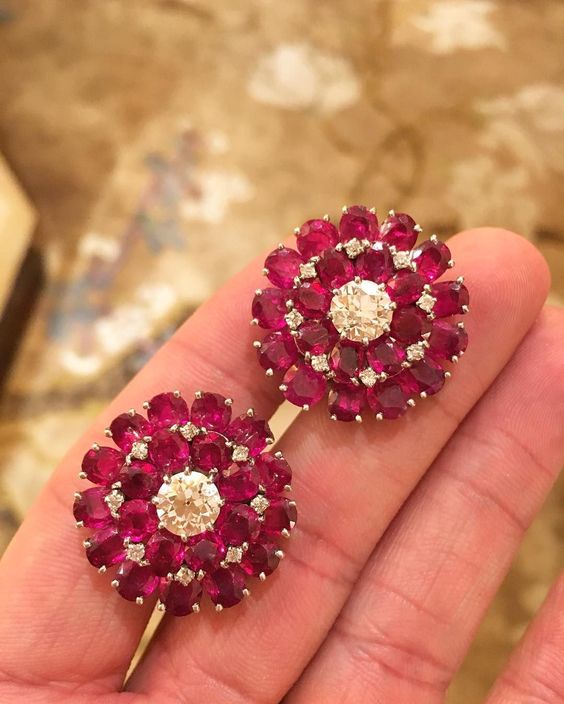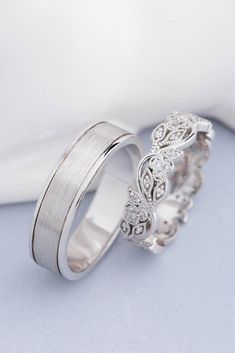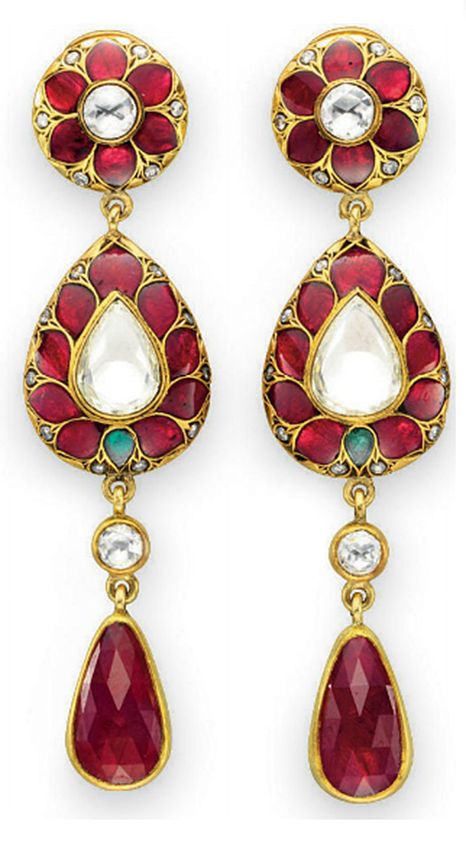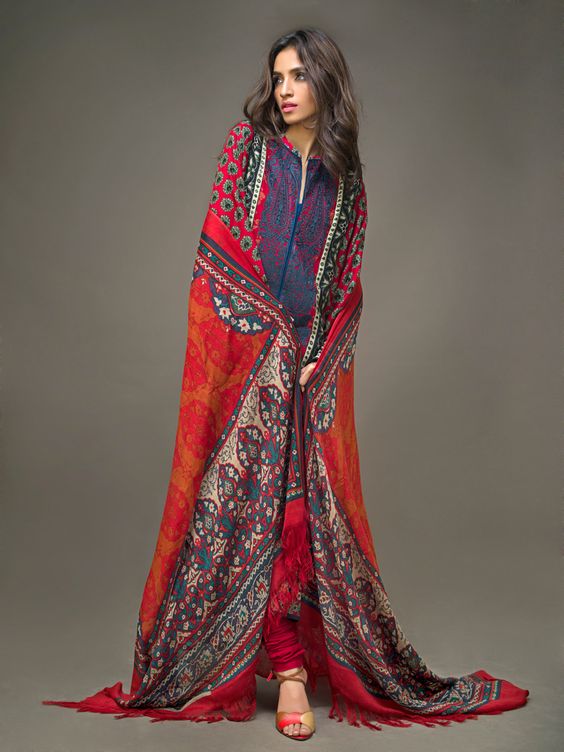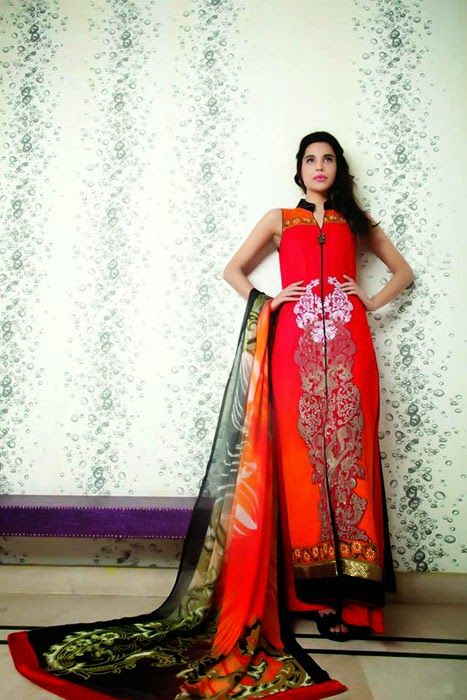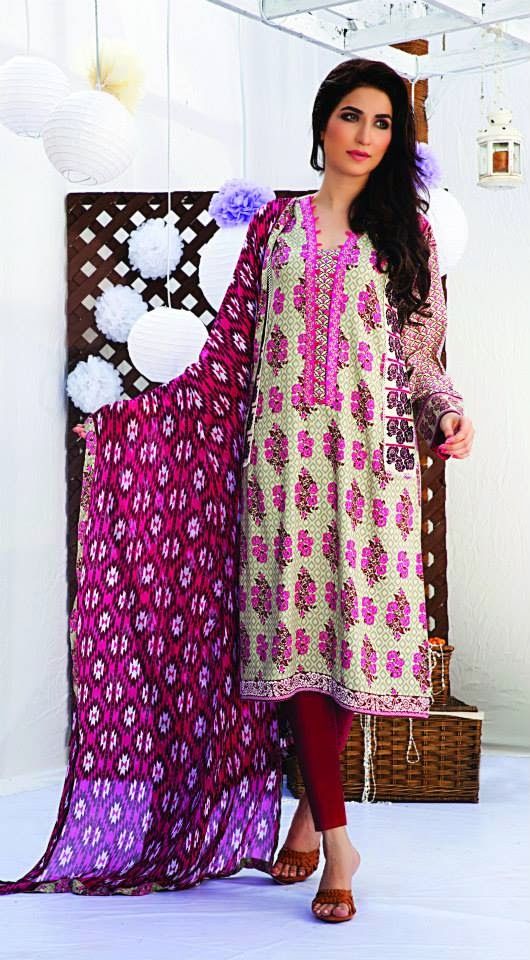Product Photography
Product photography is the art of taking photos of products for the purpose of marketing or advertising. It is a specialized field of photography that requires a keen eye for detail and an understanding of how to use lighting and composition to create visually appealing images.
The goal of product photography is to accurately represent the product and its features in a way that will entice potential customers to buy it. To achieve this,
Product photography techniques
product photographers typically use a variety of techniques, including:
•Using a tripod to ensure that the images are sharp and in focus
•Setting the camera to a low aperture (a high f/stop) to get a high depth of field, which means that everything in the image will be in focus
•Using a white background to create a clean and uncluttered look
•Using natural or artificial light to create a flattering and appealing image
•Posing the product in a way that highlights its features
•Editing the images to remove any blemishes or imperfections
Product photography can be done either in-studio or on location. In-studio photography offers more control over the lighting and environment, while on-location photography can give the images a more natural look.
The cost of product photography can vary depending on the complexity of the shoot and the experience of the photographer. However, it is an important investment for businesses that want to sell their products online or in print.
Types of Product Photography
1. Catalog/Product Listing Photography: This type focuses on capturing products in a consistent and standardized manner. It involves clean and simple compositions against a neutral background. Catalog photography is widely used in e-commerce platforms, providing customers with a clear view of the product and facilitating easy comparison.
2. Lifestyle/Product-in-Use Photography: Here, products are showcased within real-life contexts to demonstrate their functionality and benefits. Whether it’s a model using a fitness tracker during a workout or a kitchen appliance in action, lifestyle photography adds a relatable dimension to products, helping consumers envision how the product fits into their lives.
3. Macro/Product Detail Photography: Macro photography zooms in on intricate details and textures of products. This type is particularly useful for items like jewelry, electronics, and fabrics, where showcasing fine details is crucial. Macro shots offer a new perspective, often revealing aspects that might go unnoticed in regular viewing.
4. 360-Degree Product Photography: Going beyond single-angle shots, this type offers an interactive experience. Multiple images of the product are taken from different angles and stitched together, allowing users to virtually rotate the product and examine it from all sides. This is a popular choice for online stores seeking to offer a more immersive shopping experience.
5. Flat Lay Photography: Flat lay photography involves arranging products on a flat surface from an overhead perspective. This creative style is often used for fashion, accessories, cosmetics, and food photography. It allows for the inclusion of props and complementary items, creating visually appealing compositions.
6. White Background Photography: Commonly used for Amazon listings and professional catalogs, this style features products against a crisp white background. It eliminates distractions and draws attention solely to the product, emphasizing its features and form.
7. Environmental/Product Storytelling Photography: This approach weaves a narrative around the product by placing it in a relevant environment. For instance, a hiking backpack might be photographed against a mountain backdrop. This type adds depth and context to the product, fostering a connection with the viewer.
Important things for product photography
Here are some important things for product photography:
1. Lighting: Proper lighting is crucial in product photography. Lighting can be natural or artificial, but it should be consistent and even to eliminate harsh shadows and highlights. Diffusers, reflectors, and lightboxes are often used to control and soften the light.
2. Background: The background used in product photography should be clean and unobtrusive, ensuring that the focus remains on the product itself. Common choices include solid white or black backgrounds, as well as gradient or textured backgrounds that complement the product.
3. Composition: Composition involves arranging the product within the frame in an aesthetically pleasing and informative manner. This can involve using the rule of thirds, leading lines, and other compositional techniques to guide the viewer’s eye.
4. Angles and Perspectives: Different products require different angles and perspectives to showcase their features. For instance, a piece of jewelry might benefit from close-up macro shots, while an electronic gadget might require various angles to display its functionality.
5. Details and Focus: Product photography often involves capturing intricate details, textures, and features of the product. This requires a keen focus and often the use of macro photography techniques.
6. Color Accuracy: It’s crucial to accurately represent the colors of the product. This involves proper white balance adjustments and color correction during post-processing to ensure that the product looks as close to real life as possible.
7. Equipment: While professional photographers often use high-end cameras and lenses, even smartphones can produce impressive results with the right techniques and lighting setup. Tripods and remote triggers are used to stabilize the camera and prevent blurriness.
8. Post-Processing: After capturing the photos, post-processing is done to enhance the images further. This might involve color correction, retouching, background removal, and other adjustments to ensure the product looks its best.
9. Consistency: If you’re photographing multiple products for a brand or an e-commerce site, maintaining consistency in terms of lighting, angles, and overall style is essential. This helps create a cohesive and professional product catalog.
10. Contextualization: In some cases, products are photographed in a context to demonstrate their use or to tell a story. For example, showing how a piece of furniture fits into a living room setting.
11. E-Commerce: In the context of e-commerce, product photography plays a critical role as customers rely solely on images to make purchasing decisions. High-quality and visually appealing product images can significantly influence buying behavior.
12. Marketing and Advertising: Product photographs are used in various marketing materials, including print ads, online banners, social media posts, and more. They are crucial in conveying a product’s value and attracting potential buyers.
D Classy Clicks Studio has over 10 years of experience in product shoots and has worked with a variety of clients, from small businesses to large corporations. We are known for our creative and eye-catching images. We have a team of experienced photographers who are experts in using different lighting techniques and styling products to create stunning images. We can handle any type of product, from clothing and accessories to gadgets and furniture.

